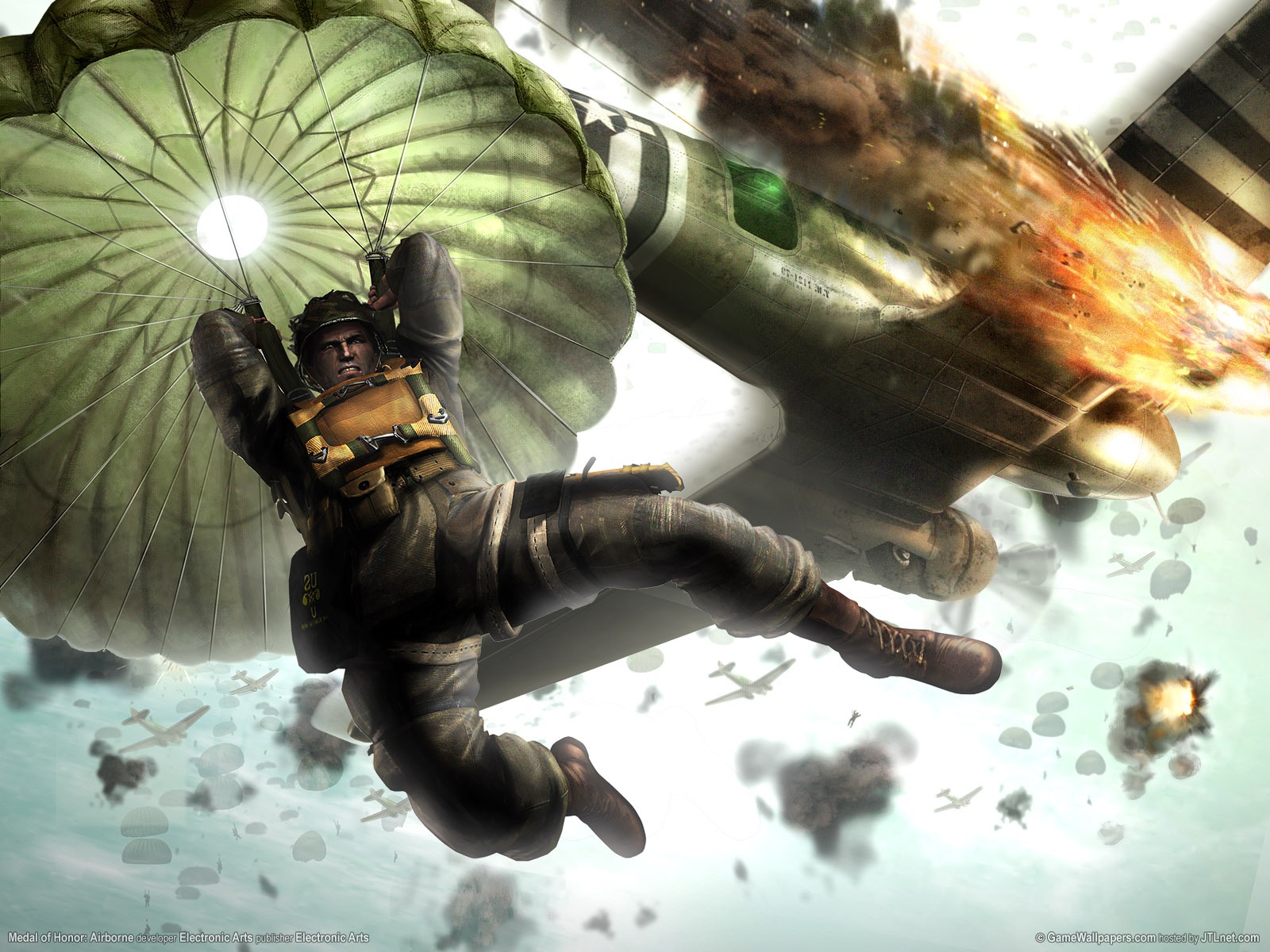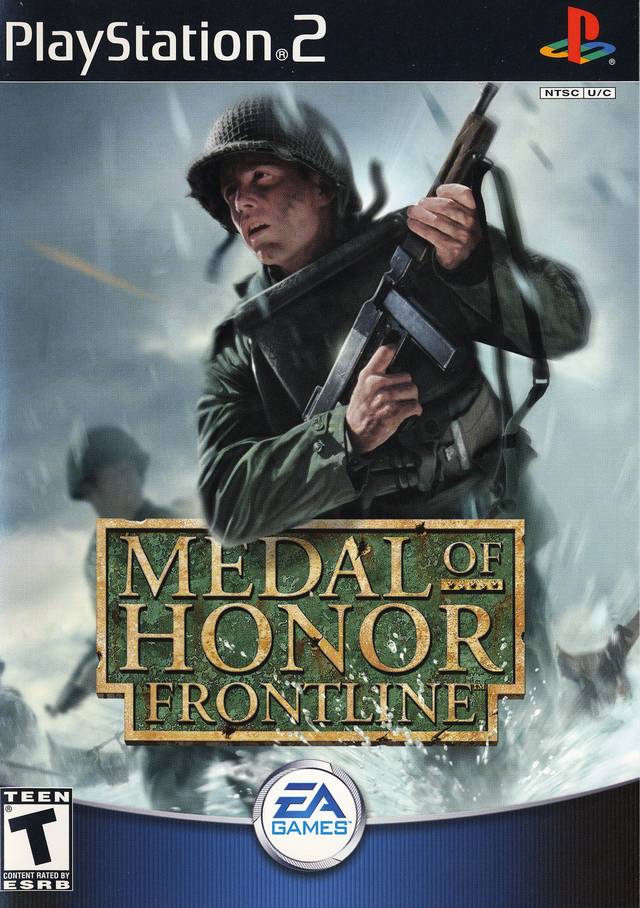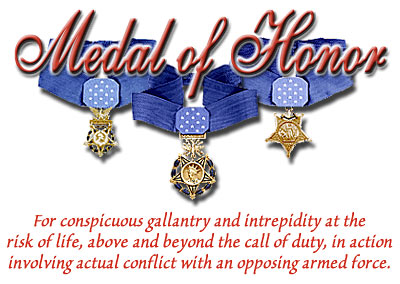On Independence Day, 15 August 1984, NTR was removed from office by the then governor Ramlal. His finance minister, Nadendla Bhaskara Rao, a former Congress man, was made the Chief Minister by the Ramlal. Bhaskar Rao purportedly had the support of majority MLAs (Members of Legislative Assembly of Andhra Pradesh) which was never the case. Rama Rao disputed the claims by Bhaskara Rao and demonstrated his strength by bringing all the MLAs supporting him, which was a majority in the 294 member assembly, to the Raj Bhavan (Governor's Office). Governor Ramlal did not relent and Rama Rao campaigned for restoration of democracy by mobilising the support of people and various political parties in the country including Janata Party, Bharatiya Janata Party (BJP), Communist Party of India (CPI), Communist Party of India (Marxist) (CPM), Dravida Munnetra Kazhagam (DMK), and National Conference. During the one month crisis, the MLAs supporting Rama Rao were secured in a secret place to avoid horse-trading. Due to mobilisation of several political parties and the people and due to bad press, Indira Gandhi, then Prime Minister and head of Congress Party, unwillingly removed Governor Ramlal and appointed a congress party veteran, Shankar Dayal Sharma, as governor of Andhra Pradesh to pave the way for restoring Rama Rao. Shankar Dayal Sharma removed Bhaskara Rao from power and restored Rama Rao as the Chief Minister of Andhra Pradesh in September 1984. He recommended dissolution of the Assembly and called for new elections in the state to ensure the people had a fresh choice to elect their representatives.
N. T. Rama Rao started his career playing a police inspector in the movie Mana Desam (1949). The role was offered by director L V Prasad. Next he appeared in Palletoori Pilla, directed by B. A. Subba Rao. It marked the first occasion that Rama Rao and Akkineni Nageswara Rao acted together for the first time. The title role was played by Anjali Devi and the story was loosely based on the English play, Pizaro by Richard Sherton. The film was a commercial hit and ran for more than 100 days in 6 centres. He appeared in over 320 films, although only around 292 films are often accounted for, and he became a legend in Telugu cinema. He often portrayed Hindu mythological gods or heroes, but also made an ideal villain.
Rama Rao's extensive tour in the Chaitanya Ratham vehicle helped to successfully mobilise people and recruit potential leaders and members for his newly founded party. The Congress Party, then in power, panicked at the response and replaced the Chief Minister Bhavanam Venkataram with a more experienced and seasoned leader, Kotla Vijaya Bhaskara Reddy. Reddy, who was Chief Minister for just over 3 months, could not secure victory for the Congress Party in the ensuing elections in January 1983. The newly formed Telugu Desam Party won with significant margins in all three regions of the State (Coastal Andhra, Rayala Seema, and Telengana), winning over 200 seats in the 294 seat State Assembly against 56 seats by the Congress Party. Rama Rao himself contested elections from two constituencies, Tirupathi in Chittor District and Gudivada in Krishna district, and won both the seats.
Great N.T. Rama Rao returned to power in 1994 winning 226 seats for his party and his allies in a 294 seat Assembly. Congress party won only 26 seats. The BJP which contested 280 seats on its own won just three seats. In 1995, he was ousted from power by an internal revolution led by his son-in-law Nara Chandrababu Naidu, who became the president of the party and the chief minister of the state.
Friday, October 28, 2011
A still of Avatar
James Cameron's Avatar was released in December 2009, and went on to break multiple North American and worldwide box office records, including becoming the highest grossing movie of all time worldwide.
Wallpaper Medal of Honor
The Medal of Honor is the highest military decoration awarded by the United States government. It is bestowed on a member of the United States armed forces who distinguishes himself by "...conspicuous gallantry and intrepidity at the risk of his life above and beyond the call of duty while engaged in an action against an enemy of the United States..." Because of its nature, the medal is commonly awarded posthumously; since its creation during the American Civil War it has only been presented 3,464 times. During this one-month-long battle, 27 U.S. military personnel were awarded the Medal of Honor for their actions, 13 of them posthumously. Of the 27 medals awarded for the actions at Iwo Jima, 22 were presented to Marines and five were presented to United States Navy sailors; this was 28% of the 82 Medals of Honor awarded to Marines in the entirety of World War II.
"Raising the Flag on Iwo Jima" is a historic photograph taken on 23 February 1945 by Joe Rosenthal. It depicts five Marines and a U.S. Navy corpsman raising the flag of the United States atop Mount Suribachi. The photograph was extremely popular, being reprinted in thousands of publications. Later, it became the only photograph to win the Pulitzer Prize for Photography in the same year as its publication, and ultimately came to be regarded as one of the most significant and recognizable images of the war, and possibly the most reproduced photograph of all time. Of the six men depicted in the picture, three (Franklin Sousley, Harlon Block, and Michael Strank) did not survive the battle; the three survivors (John Bradley, Rene Gagnon, and Ira Hayes) became celebrities upon the publication of the photo. For a while, it was believed that the man now known to be Block was actually Hank Hansen, but Hayes set the record straight. The picture was later used by Felix de Weldon to sculpt the Marine Corps War Memorial, located adjacent to Arlington National Cemetery.
Although the island was officially declared secure at 18:00 on 26 March, 35 days after the landings, the 5th Marine Division still faced Kuribayashi's stronghold in a gorge 640 m (700 yd) at the northwestern end of the island. On 21 March, the Marines destroyed the command post in the gorge with four tons of explosives and on March 24, Marines sealed the remaining caves at the northern tip of the island. However, on the night of 25 March, a 300-man Japanese force launched a final counterattack in the vicinity of Airfield No. 2. Army pilots, Seabees and Marines of the 5th Pioneer Battalion and 28th Marines fought the Japanese force for up to 90 minutes but suffered heavy casualties (53 were killed, and another 120 were wounded). Two Marines from the 36th Depot Company, an all-African-American unit, received the Bronze Star. 1st Lieutenant Harry Martin of the 5th Pioneer Battalion was the last Marine to be awarded the Medal of Honor during the battle. Although still a matter of speculation because of conflicting accounts from surviving Japanese veterans, it has been said that Kuribayashi led this final assault, which unlike the loud banzai charge of previous battles, was characterised as a silent attack. If ever proven true, Kuribayashi would have been the highest ranking Japanese officer to have personally led an attack during World War II. Additionally, this would also be Kuribayashi's final act, a departure from the normal practice of the commanding Japanese officers committing seppuku behind the lines while the rest perished in the banzai charge, as happened during the battles of Saipan and Okinawa.
On February 19, 1985, the 40th anniversary of the landings, an event called the Reunion of Honor was held. The veterans of both sides who fought in the battle of Iwo Jima attended the event. The place was the invasion beach where U.S. forces landed. A memorial on which inscriptions were engraved by both sides was built at the center of the meeting place. Japanese attended at the mountain side, where the Japanese inscription was carved, and Americans attended at the shore side, where the English inscription was carved. After unveiling and offering of flowers were made, the representatives of both countries approached the memorial; upon meeting, they shook hands. The combined Japan-U.S. memorial service of the 50th anniversary of the battle was held in front of the monument in February 1995. Further memorial services have been held on later anniversaries.
After the American seizure of the Marshall Islands and devastating air attacks against Truk in the Caroline Islands in January 1944, the Japanese military leadership reappraised the military situation. All indications pointed to an American drive towards the Marianas and Carolines. To counter such a move they established an inner line of defense extending generally northward from the Carolines to the Marianas, and thence to the Ogasawara Islands. In March 1944, the 31st Army, commanded by General Hideyoshi Obata, was activated to garrison this inner line. The commander of the Chichi Jima garrison was placed nominally in command of Army and Navy units in the Ogasawara Islands. Daily bomber raids from the Marianas hit the mainland as part of Operation Scavenger. Iwo Jima served as an early warning station which radioed reports of incoming bombers back to mainland Japan, allowing Japanese air defenses to be prepared for the arrival of American bombers.
"Raising the Flag on Iwo Jima" is a historic photograph taken on 23 February 1945 by Joe Rosenthal. It depicts five Marines and a U.S. Navy corpsman raising the flag of the United States atop Mount Suribachi. The photograph was extremely popular, being reprinted in thousands of publications. Later, it became the only photograph to win the Pulitzer Prize for Photography in the same year as its publication, and ultimately came to be regarded as one of the most significant and recognizable images of the war, and possibly the most reproduced photograph of all time. Of the six men depicted in the picture, three (Franklin Sousley, Harlon Block, and Michael Strank) did not survive the battle; the three survivors (John Bradley, Rene Gagnon, and Ira Hayes) became celebrities upon the publication of the photo. For a while, it was believed that the man now known to be Block was actually Hank Hansen, but Hayes set the record straight. The picture was later used by Felix de Weldon to sculpt the Marine Corps War Memorial, located adjacent to Arlington National Cemetery.
Although the island was officially declared secure at 18:00 on 26 March, 35 days after the landings, the 5th Marine Division still faced Kuribayashi's stronghold in a gorge 640 m (700 yd) at the northwestern end of the island. On 21 March, the Marines destroyed the command post in the gorge with four tons of explosives and on March 24, Marines sealed the remaining caves at the northern tip of the island. However, on the night of 25 March, a 300-man Japanese force launched a final counterattack in the vicinity of Airfield No. 2. Army pilots, Seabees and Marines of the 5th Pioneer Battalion and 28th Marines fought the Japanese force for up to 90 minutes but suffered heavy casualties (53 were killed, and another 120 were wounded). Two Marines from the 36th Depot Company, an all-African-American unit, received the Bronze Star. 1st Lieutenant Harry Martin of the 5th Pioneer Battalion was the last Marine to be awarded the Medal of Honor during the battle. Although still a matter of speculation because of conflicting accounts from surviving Japanese veterans, it has been said that Kuribayashi led this final assault, which unlike the loud banzai charge of previous battles, was characterised as a silent attack. If ever proven true, Kuribayashi would have been the highest ranking Japanese officer to have personally led an attack during World War II. Additionally, this would also be Kuribayashi's final act, a departure from the normal practice of the commanding Japanese officers committing seppuku behind the lines while the rest perished in the banzai charge, as happened during the battles of Saipan and Okinawa.
On February 19, 1985, the 40th anniversary of the landings, an event called the Reunion of Honor was held. The veterans of both sides who fought in the battle of Iwo Jima attended the event. The place was the invasion beach where U.S. forces landed. A memorial on which inscriptions were engraved by both sides was built at the center of the meeting place. Japanese attended at the mountain side, where the Japanese inscription was carved, and Americans attended at the shore side, where the English inscription was carved. After unveiling and offering of flowers were made, the representatives of both countries approached the memorial; upon meeting, they shook hands. The combined Japan-U.S. memorial service of the 50th anniversary of the battle was held in front of the monument in February 1995. Further memorial services have been held on later anniversaries.
After the American seizure of the Marshall Islands and devastating air attacks against Truk in the Caroline Islands in January 1944, the Japanese military leadership reappraised the military situation. All indications pointed to an American drive towards the Marianas and Carolines. To counter such a move they established an inner line of defense extending generally northward from the Carolines to the Marianas, and thence to the Ogasawara Islands. In March 1944, the 31st Army, commanded by General Hideyoshi Obata, was activated to garrison this inner line. The commander of the Chichi Jima garrison was placed nominally in command of Army and Navy units in the Ogasawara Islands. Daily bomber raids from the Marianas hit the mainland as part of Operation Scavenger. Iwo Jima served as an early warning station which radioed reports of incoming bombers back to mainland Japan, allowing Japanese air defenses to be prepared for the arrival of American bombers.
Music Wonderment
This was the first album that Sinatra conducted for his new record label, Reprise Records.
Frank Sinatra Conducts Music from Pictures and Plays is a 1962 studio album conducted by Frank Sinatra, and arranged by Harry Sukman.
The reviews parameter has been deprecated. Please move reviews into the “Reception” section of the article. See Moving reviews into article space.
Subscribe to:
Posts (Atom)











































